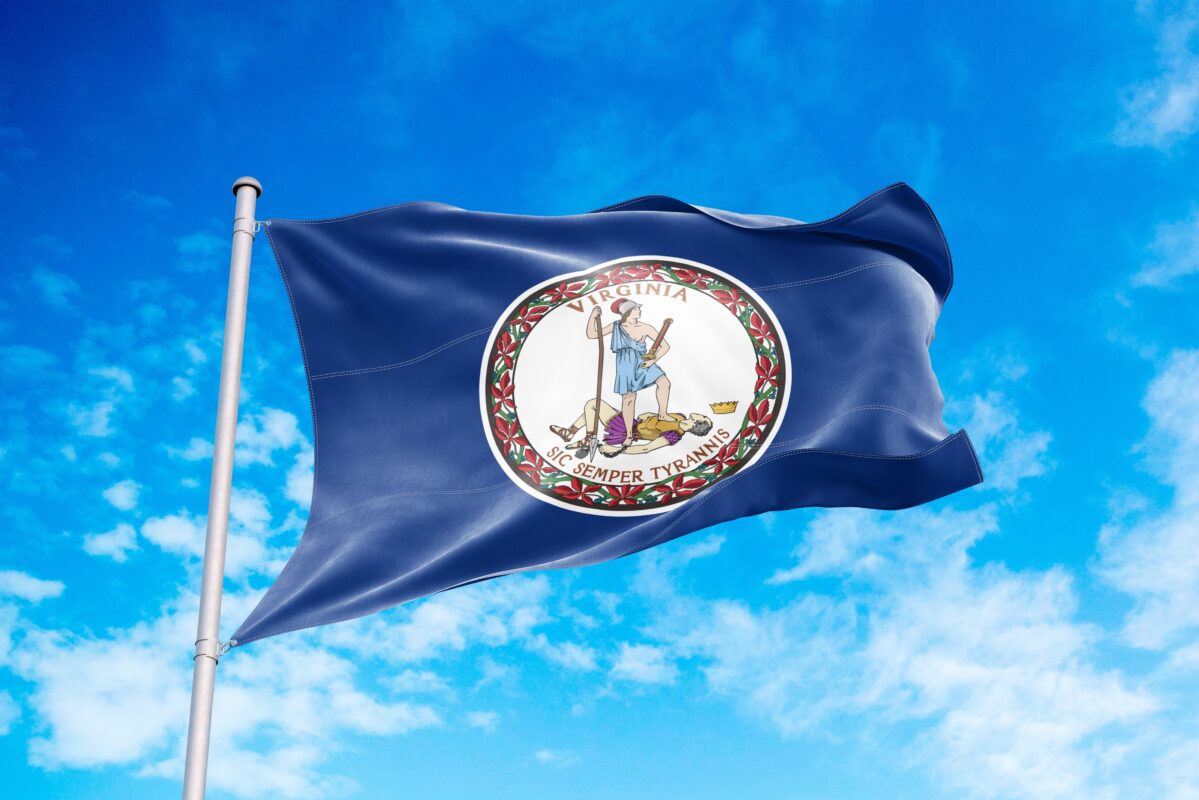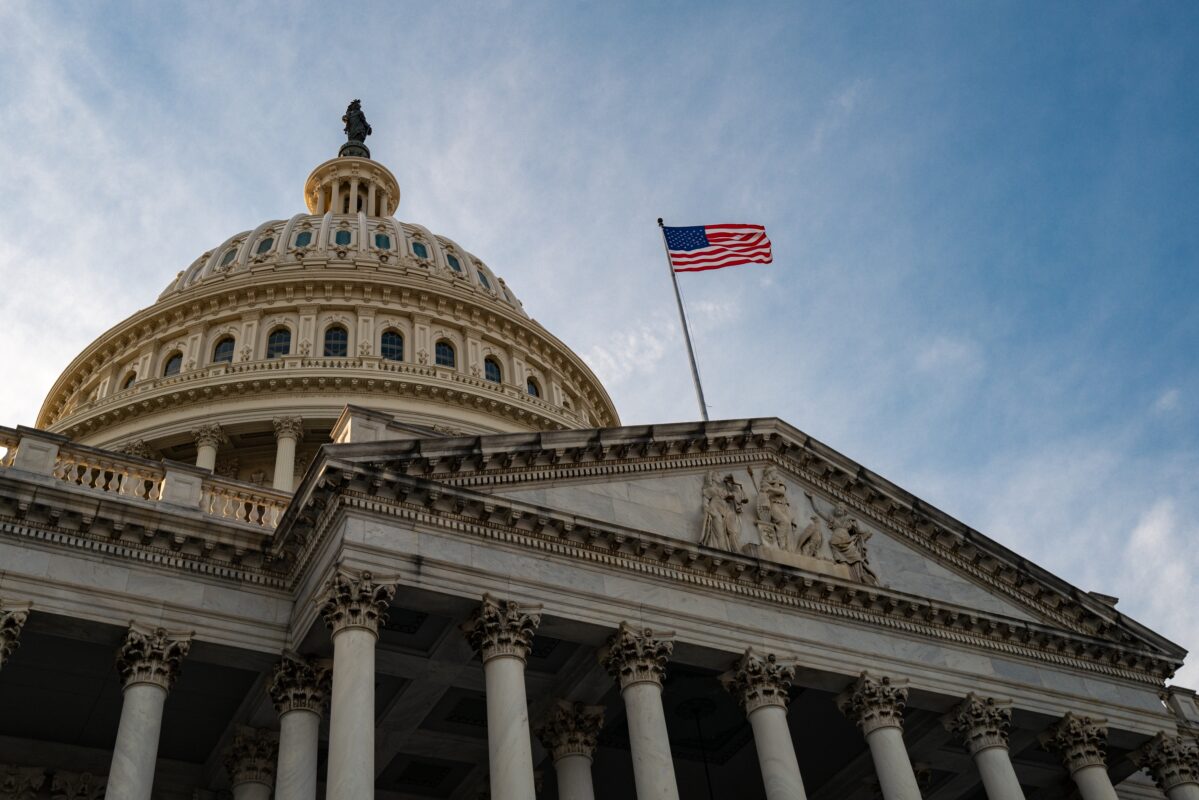By Kellsie Busho and Danielle Kelsay
When COVID-19 swept across the world, life as we knew it came to a halt. Large gatherings were canceled, schools were closed, and businesses were shuttered. With the abrupt change in daily living, new opportunities arose, as online usage increased. Facebook saw daily website usage jump by 27 percent from January 15, 2020, to March 24, 2020, in the United States (Koeze and Popper, 2020). Other platforms, such as Zoom, went from under two million daily users to over six million in the same period (Koeze and Popper, 2020).
With the switch from in-person interactions to online, the ability to interact with individuals and continue outreach events was not only plausible but also offered unique opportunities. Audiology graduate students participating in the University of Iowa Sound Awareness for Everyone (UISAFE) program jumped at the chance to spread healthy hearing messages in a new way.
Established in 2010, UISAFE is a clinical and outreach program through the University of Iowa Doctor of Audiology Program. The goal of UISAFE is to promote hearing health and prevent noise-induced hearing loss (NIHL) by increasing awareness of NIHL and the hearing hazards that are part of everyday life.
Recent Posts
Academy Files Rulemaking Petition to Restore ABA Language in VA Regulations
Earlier last year, the Virginia Board of Audiology and Speech-Language Pathology finalized regulatory changes intended to streamline licensure by removing direct ties between certification and…
Congress Needs to Hear From Audiologists on Student Loan Access
The Professional Student Degree Act, H.R. 6718, introduced by Representative Michael Lawler (R-NY), was introduced in mid-December. This bill reaffirms audiology’s status as a professional…
Why Wild Animals Don’t Have Floppy Ears
In 1959, a scientist began a domestication experiment with silver foxes. Critics believed the experiment was, at the very least, too ambitious (if not outright…


